How to buy a pair of protective motorcycle jeans
Published on: 18 June 2021
How to buy a pair of protective motorcycle jeans.
In the fifties and sixties, all the cool kids rode in a pair of Levi’s or Wranglers. This was before the thought of protective wear had even occurred to anyone. Think James Dean, Marlon Brando, Steve McQueen et al.. Over here, of course, the Ace Cafe boys would not have worn anything else.
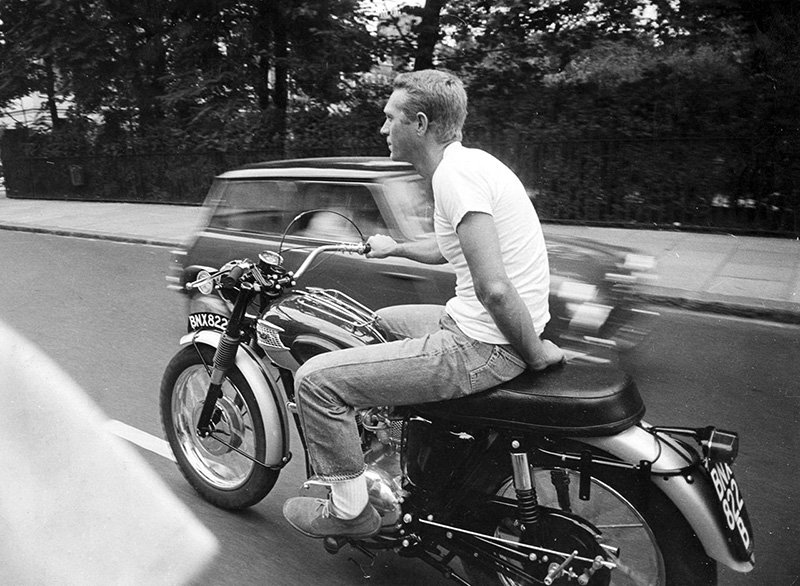
Then, of course, along came the superbike. All of a sudden everybody wanted to look like Barry Sheene or Agostini or Mick Doohan. So we all convinced ourselves that, wherever we went, we had to wear a set of one-pice leathers; often with a matching helmet, gloves and boots.
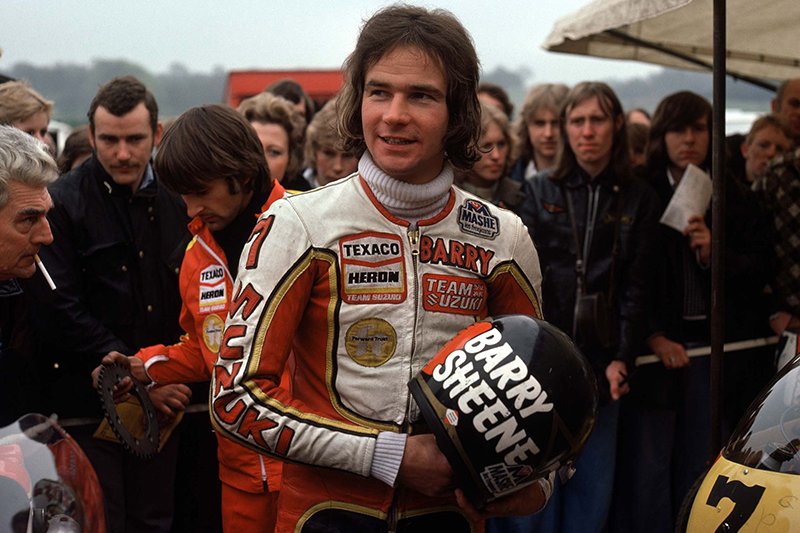
It was in the nineties that some bright spark thought of lining a pair of jeans with bullet-proof Kevlar. Depending upon the bike you were riding, these jeans would make you look cool. Or so we thought back then! They were more comfortable to wear than leather pants, although in many cases only just.
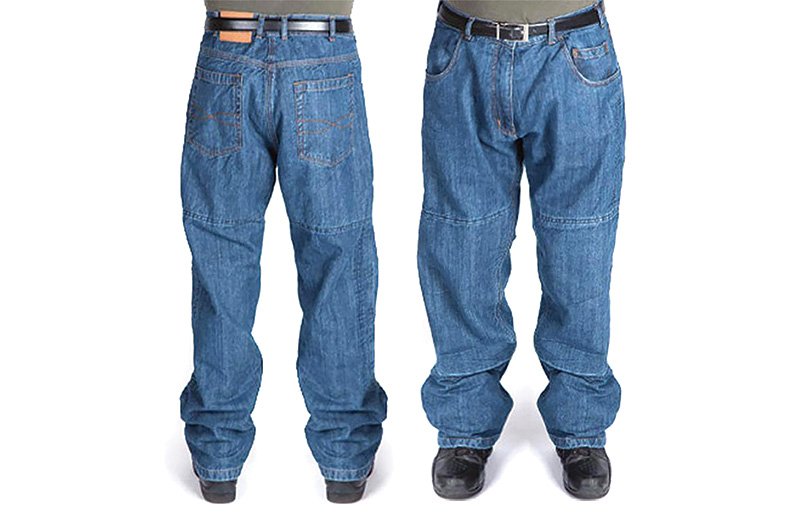
Protective jeans have come a long way since those early days. Looking back, some of those jeans that we wore with such pride look absolutely hideous, although in truth so did our hair! Those jeans were often also horribly heavy. They were uncomfortable, they didn’t flow the air, the Kevlar acted as an insulator and, in hot weather, they were unbearably sticky. It’s just that we didn’t recognise this, because the only real option as far as protective wear was concerned was an even hotter, even sweatier, pair of leather pants.
Today we are spoilt for choice. Many of the protective motorcycle jeans out there look like regular street jeans. They are much more protective than street jeans. And in some cases they are are as comfortable to ride in as your street jeans. But, for the initiated, it is still a bit of a minefield. The choice on offer is as bewildering as it is confusing. There are few clothing brands that do not offer a protective jean of some description, but unless you’re super nerdy you’re probably not really going to know where to start.
Which is why we have put this little guide together. But, you might ask, is this just one of those sneaky Motolegends tricks to get us to buy a pair of jeans from them? Well, although we wouldn’t like to be associated with any kind of underhand trickiness, you’re probably not wrong. Yes, we would like you to buy your jeans here. We do jeans very well. We stock the best jeans and, if you come to see us in the shop, we’ll make sure you don’t leave until you’ve found a jean that works for you, and that fits the way it should.
But this little guide to buying motorcycle jeans will still be of use, will still be helpful we hope, wherever you buy your jeans. We are going to explain the different types of jeans out there. We are going to tell you how they differ, we’ll explain what to look for, and how to make sure that they fit properly, so that they can offer the protection they are meant to.
Anyway, here goes.
It takes a long while for perceptions to change. Guys who grew up around sportsbikes found, and often still find, it difficult to come to terms with the idea that denim-style jeans can be stronger and more protective than leather trousers.
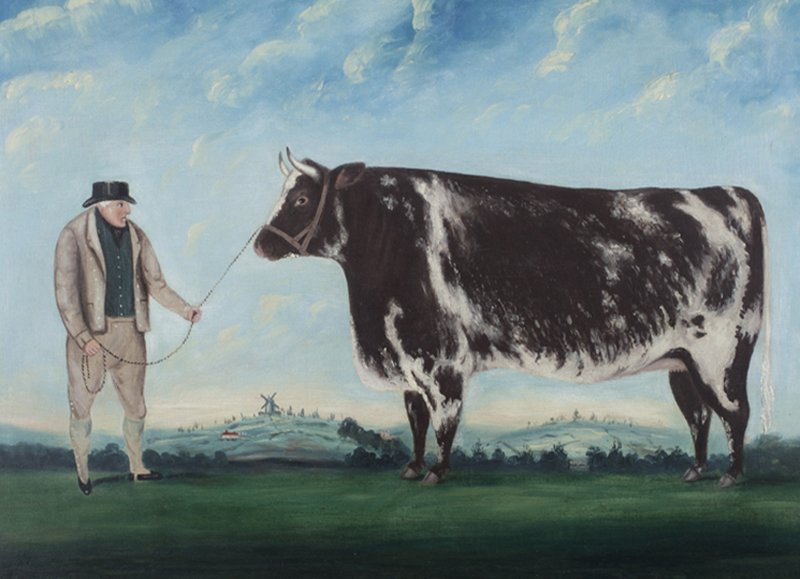
But what we often try to explain to these die-hards is that cows have not changed in 500 years, a time when the cart and house was the main form of transport. Today, we send rockets to Mars, launch ships that displace hundreds of thousands of tonnes, and build bridges that can span a basin a mile wide. Is it not just conceivable that, during that period, we have created materials that are stronger than the arse of a cow? And the answer, of course, is that we have.
Now I don’t want to get diverted too much from the matter in hand, but a lot of old-school riders, in order to defend their corner, point out that Moto GP riders race in leather suits, so therefore they must offer the ultimate in protection. Well no; not really. Yes leather is abrasion resistant, but there are two other very significant reasons why racers wear leather. First, it fits very tightly to the body. This is why riders prefer Kangaroo leather for their suits. Kangaroo leather is strong for its thickness, although a Kangaroo suit will not be as strong as your average cowhide suit. But because it is so stretchy, it can be worn super tight. This helps riders move around the bike more easily. The tight fit also makes them more streamlined, making them faster down the straight. The other benefit of leather is that it is smoother than any textile material. This is important if you come off the back because you will slide more easily without tumbling. This, of course, is far less important on today’s crowded roads, where hitting things is far more prevalent.
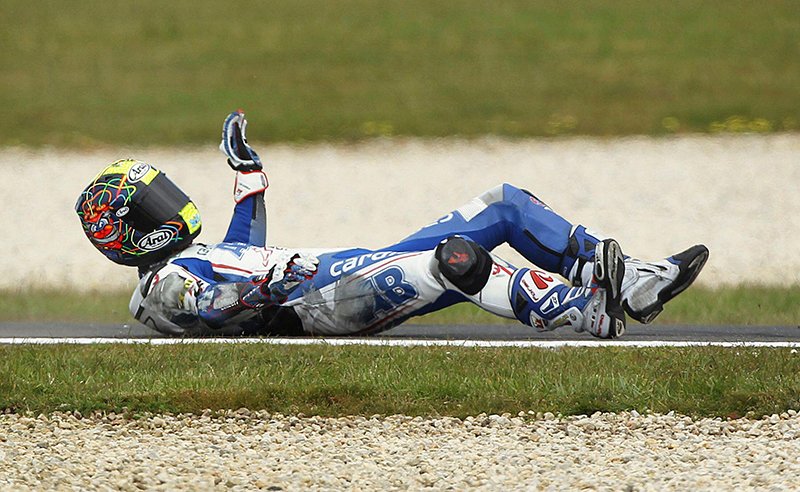
Anyway, that’s a brief digression about leather. We like leather, and there are times when a leather two-piece would be our preferred form of motorcycling attire. Leather garments definitely play a role in a biker’s wardrobe, even if, at times, that role is about how you look. We’ll obviously come on to talk about the protective qualities of jeans, but the bottom line is that some jeans are more protective than leather pants; some are not.
Kevlar Jeans, as a descriptor, is a bit of a misnomer. Kevlar Jeans as a phrase has come to mean, for most people, the generic description for any jean with a protective lining; a bit like Hoover became the word that many people used when talking about a vacuum cleaner. Kevlar is an aramid fibre; it is probably the best known aramid fibre, but Kevlar is actually just a brand of aramid-woven products.
Now lined jeans, whatever they are constructed from, have been around for over 30 years. Initially, they were heavy horrible affairs, and although back in the day guys like me thought we looked super fly in them, looking back those jeans were pretty awful. They were wide, in order to accommodate the irritating linings. They were heavy, because a carpet made of aramid fibres takes some lifting. And they were hot because, in essence, you were often going out on a summer’s day in a pair of heavily padded pants that might have been more appropriate on the ski slopes. Most of these jeans were also made up with a patchwork of panels that made them look like they had been sewn together by the local WI group. But the good news is that Kevlar jeans are so much nicer to wear than they used to be. The linings are lighter, and the better ones are, externally, now indistinguishable from a pair of Levi’s.
.jpg)
What hasn’t gone away is the fact that lined jeans are still lined. And this still reduces the airflow, and can make them uncomfortable to wear in hot weather.
Now here we have to confront two intersecting issues. The strength of lined jeans versus the comfort of lined jeans. What most people don’t realise is that no two lined jeans are alike. Some lined jeans have a lining that covers 100% of the interior surface of the jean. These jeans are the most protective. But correspondingly they are the most uncomfortable.
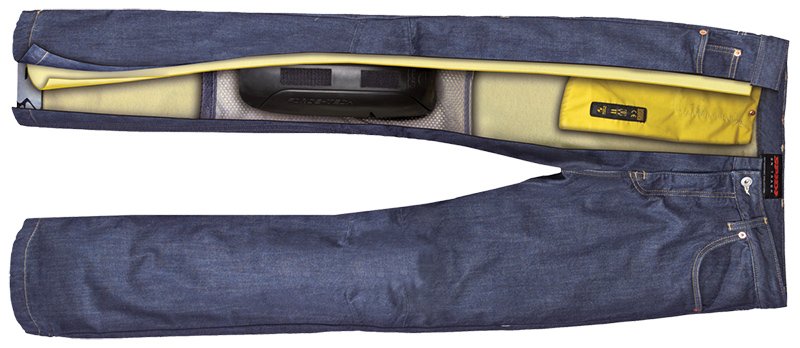
ome lined jeans have just the tiniest slither of Kevlar. Sometimes just a few inches around the bum, and small pads behind the knees. These jeans can be quite light and airy, and nice to ride in in warmer weather. But come off the bike, and you may well discover that what you thought was a protective jean really isn’t all that protective.

Which brings us onto what we call single-layer jeans. Now a single-layer jean is a protective jean where some form of super-strong fibre is woven in with the denim to create a single layer of material that is much stronger than denim alone. Now, as with lined jeans, there are lots of different kinds of single-layer jeans. There are different ways of constructing single-layer jeans. Some are more protective than others. Some are more expensive than others. The two are often, but not always, linked.
One question that is often asked is whether single-layer jeans are as protective as lined jeans. And the simple answer to that question is that there is no simple answer to that question! There are some very protective lined jeans and some appallingly unprotective lined jeans. By the same token, there are some simple, inexpensive, single-layer jeans which offer lower levels of protection, and there are some hugely protective single-layer jeans.
One of the things that you can always say about a single-layer jean, however, is that, whatever the level of protection it offers, it offers it everywhere. And you can’t say that about most lined jeans. As we’ve suggested, sometimes as much as 70% of a lined jean is little more than standard denim.
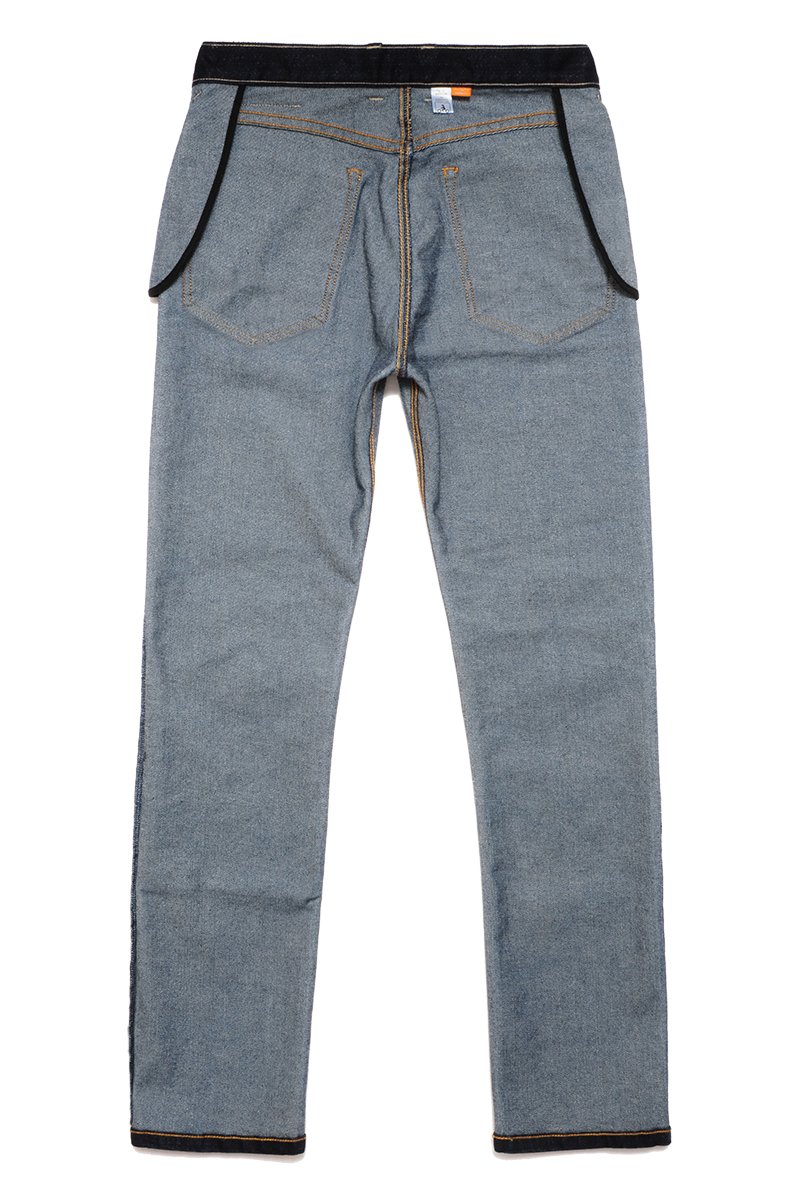
There is, on the internet, an article from a company called Hood Jeans. They basically only make lined jeans. They do two different models; and they are both Kevlar-lined jeans. The article these guys have posted claims that single-layer jeans are not as strong as lined jeans. I suppose that this is what you might expect a company that only sells Kevlar jeans to say. But what these guys have written is basically bunkum. Hood use a blend of half truths, technical mumbo jumbo and blatant fabrications to support their central proposition. Their aim is to disparage single-layer jeans; to do what King Canute failed to do when he attempted to get the tides to bend to his will.
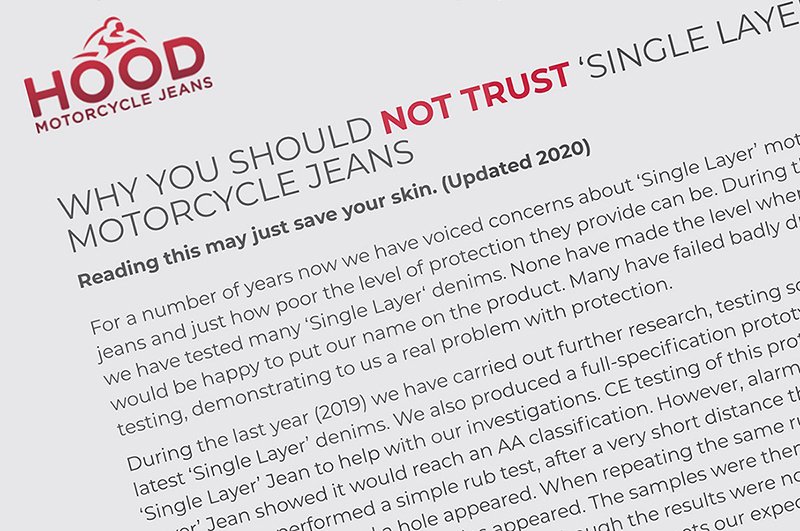
The truth is pretty straightforward, and not really subject to misinterpretation. There are very protective lined jeans and there are very protective single-layer jeans. There is a CE standard that applies to the protective qualities of motorcycle gear. The strongest jeans that Hood produce meet the AA level. There are lined jeans out there that meet the higher AAA level, but there are almost certainly more single-layer jeans that do.
If you’re going to buy a single-layer jean, you can determine how much you want to pay and what level of protection you need for your kind of riding. There’s lots of choice out there. But for us the benefit of a single layer jean is not purely how much protection it provides, because that varies. The real benefit is how nice they are to wear, how light they are, and how similar they are to a regular jean. A single-layer jean will also be so much nicer to wear in hot weather because the oncoming air will easily pass through the material. They will also be highly breathable, allowing sweat to escape and the body, therefore, to cool itself down. Whatever the relative strengths of these two forms of construction, a single-layer jean will always be more comfortable to wear and nicer to both walk around, and ride, in.
There can be no doubt that single-layer represents the future of protective jeans. In five years’ time, Kevlar jeans will be an historical artefact. Lined jeans are the past; single-layer is the future. We talk to all the manufacturers, and we know this to be the case. There are lots of developments in the single-layer arena, and almost none in the world of lined jeans. If you are going to invest in a new pair of bike jeans, we’ve got to say that single-layer is the way to go.
As we have suggested, single-layer jeans come in all shapes and sizes; more importantly, they are constructed in many different ways.
At the lower end of the market are jeans woven with Cordura. This makes for jeans that are way stronger than regular, street jeans, but you would barely know it. For us, the best example of a Cordura jean is the J-Tracker from Spidi. They technically meet the AA standard under EN17092, but because Spidi is more concerned about hitting a price point than about safety, they don’t come with hip armour, so they are only A rated. They are inexpensive and lovely to wear.

There are single-layer jeans made with Kevlar, but Kevlar is not as strong as some of the other fibres that are available these days, so it makes for quite a thick, single-layer jean. A prime example is the Macan jean from Halvarssons. It is AAA rated, but it really isn’t that nice to wear.
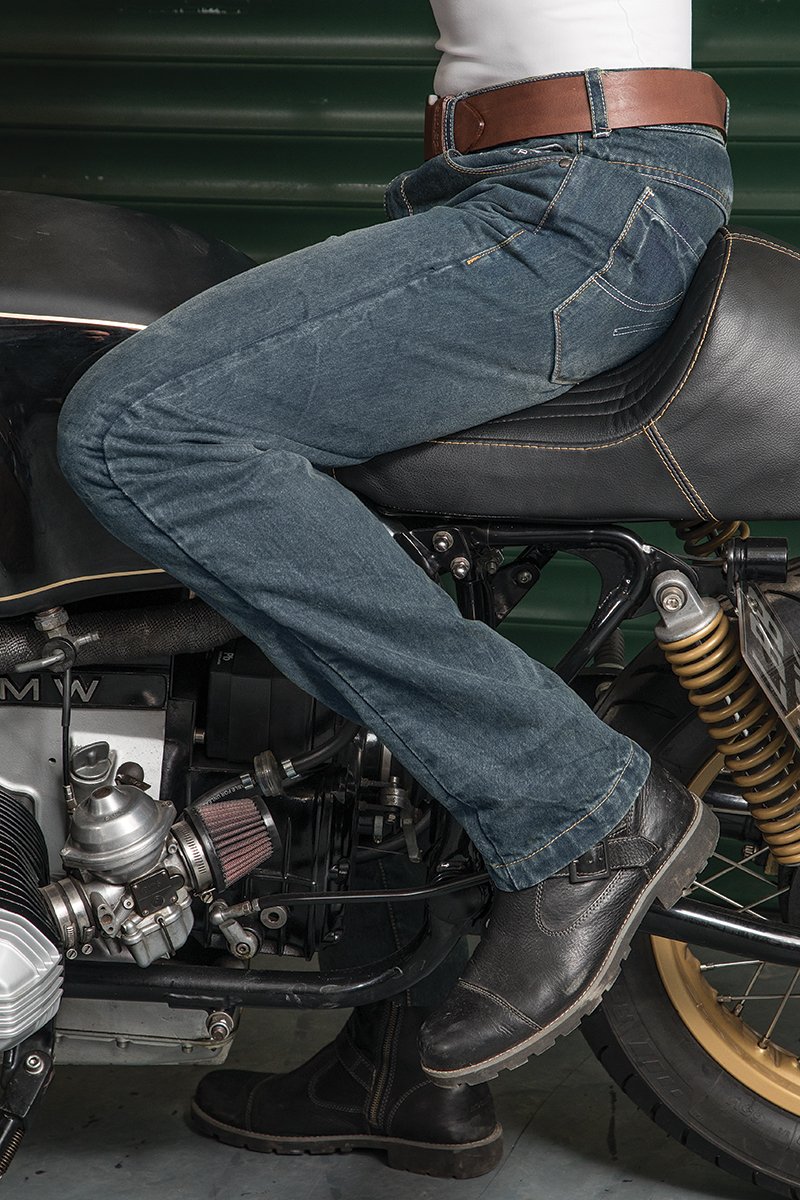
The best single-layer jeans are made using what is known as a UHMWPE. This stuff is super strong; 15 times stronger than carbon steel, yet it is light enough to float on water. There are quite a few jeans made using a UHMWPE these days. Belstaff do a couple. Spidi does one. But our favourite UHMWPE jeans-and we reckon they’re the best jean on the market- are Rokker’s Rokkertech jeans. There are many different styles in the range, and indeed many different strengths, but our go-to model right now is called the Slim Tapered.
It’s actually quite generous above the knee, but tapers below it down to the ankle. But as the material contains stretch, they wear very comfortably even in those areas that might initially appear to be a tad tight. On these jeans the UHMWPE is wrapped in cotton in one direction, the warp; in the weft there’s an added element of elastane.

We really love these jeans. They are comfortable, look and wear like a street jean, yet with a 5.1 second slide time, offer abrasion resistance that is 20% greater than leather. They’ve got a zip, rather than a button, fly. They have height adjustable armour pockets and are supplied with the latest D3O Ghost armour that is so thin you can barely tell you’re wearing armour at all.

To us these are the ultimate biking jeans. They are not inexpensive, but they are the best. The only thing you need to do is make sure they fit properly, that the armour sits in the right place, and that the length is correct.
Getting the fit right is what we always endeavour to do when you visit us here at Motolegends, but for those for whom this is not possible, let us explain what we are looking for.
If ever you come to see us here in Guildford, we’ll talk to you about what, when and how you ride, in an effort to work out which jean is going to be right for you. If you potter about on a Harley, a classic or a Bonneville, something like the Spidi J-Tracker will probably up to the job. If you ride something a bit bigger or a bit faster, you’re going to want a jean that’s stronger and, almost certainly, more expensive.
We’ll get you to try on however many pairs it takes until you find one you like, and that fits you well. We’ll then put the armour in the jeans, and get you to sit on the shop bike in order to make sure that the armour’s in the right place. On the bike, the armour should cup the knee, as shown below. What this means is that, off the bike, the armour will drop a little, and probably sit below the knee. It will feel as though it’s too low. It won’t feel right, but that’s how it is with a motorcycle jean. As you sit on the bike, the hem of the jean will rise, putting the armour in the correct place. Off the bike, the armour will drop. No way around it, I’m afraid. The good news is that with the latest armour, you will barely feel that the armour has dropped.
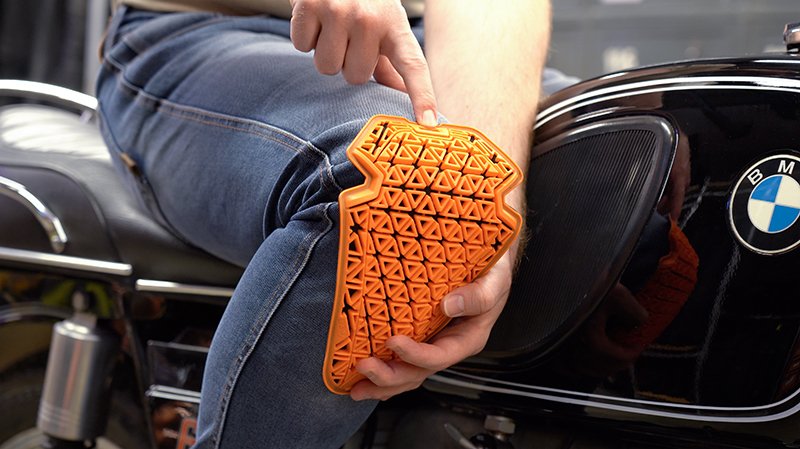
In terms of the fit at the waist, you don’t want it to be too tight. We don’t want the jeans to be so loose that they drop to your ankles when you get off the bike, but if the waist is too tight you will experience discomfort after an hour or two’s riding. Another thing that is important is to check the fit on the bike. That’s why we have a bike here in the shop. Okay so you will want the jeans to be comfortable for walking around in, but the main thing is to be sure that they’re comfortable when you’re riding.
The final thing we want to look at is where the hem of the jean sits. Hipsters, it would appear, sometimes like to wear their jeans half way up their calfs. This, we have been told, is so that they can show off their hooped socks and fancy Redwing boots. But that’s not the right way to wear your riding jean. We can’t see the point in wearing a highly abrasion-resistant jean, only to leave half your leg exposed to the elements. That’s just a bit daft. When you’re sat on the bike, the hem of the jean should sit at around the middle of the ankle bone. Now what this means is that, when you get off the bike, the hem will drop and leave you with a bit of a crumple over the top of the boot. Again, that’s just the way it’s got to be.
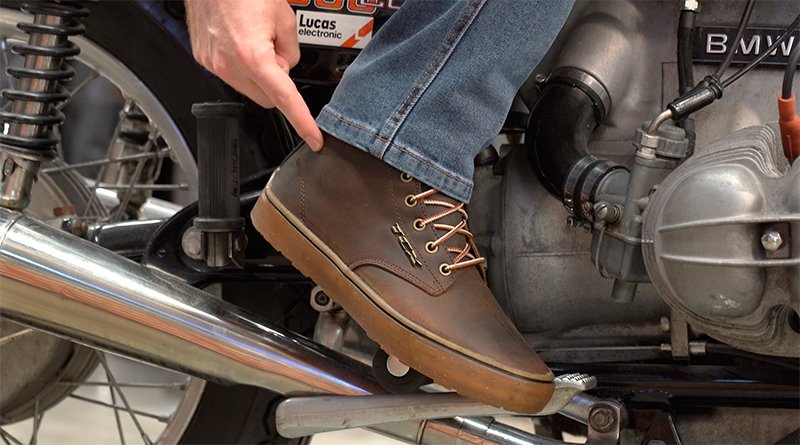
So that’s our guide to buying a motorcycle jean. Clearly, we reckon you should go for a single layer jean. You can choose the level of protection you want, but whatever that level is you’ll be more comfortable than you would be in a Kevlar jean.
Choose the strength of jean you need for your kind of riding. If you can afford it go for the Rokkers. They’re the best that money can buy. But, if you can, visit a retailer that knows how to fit jeans. A retailer who carries all the sizes and leg lengths, and preferably one where you can sit on a bike to make sure everything works for you.
Here at Motolegends, nobody leaves the building until everything works. We’ll get you to try on as many different sizes and styles as you want until you find a pair you like. We’ll get you on our trusty old BMW. We’ll check the armour position, and we’ll move the armour until we’re happy it’s in the right place. If there’s not enough adjustment then, at our expense, we’ll detach the armour pocket and move it higher or lower as required. And even though we carry jeans in 30”, 32”, 34” and 36” lengths , if your jeans still need to be shortened, we’ll do that, again at our cost.
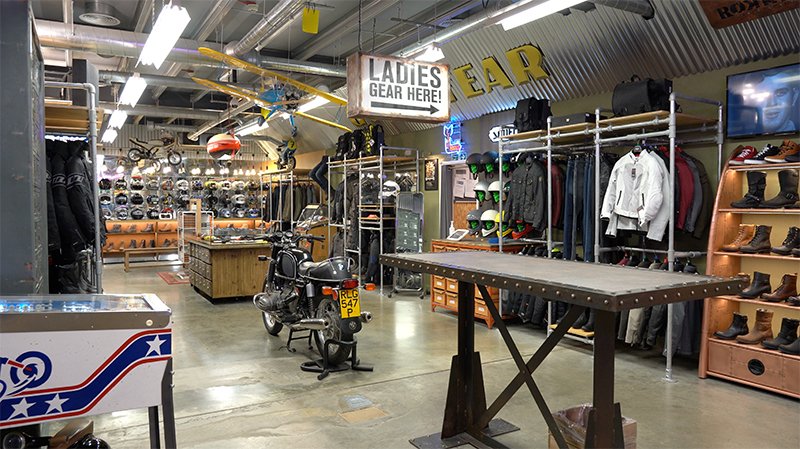
Our mission here has been to help you understand motorcycle jeans, but as ever there is a possibility that we have done more to confuse than clarify. This was not our intention, but if you feel you need help you know where we are. Set the satnav for GU3 1LU.
Click to shop single-layer motorcycle jeans.
Share this story

































































